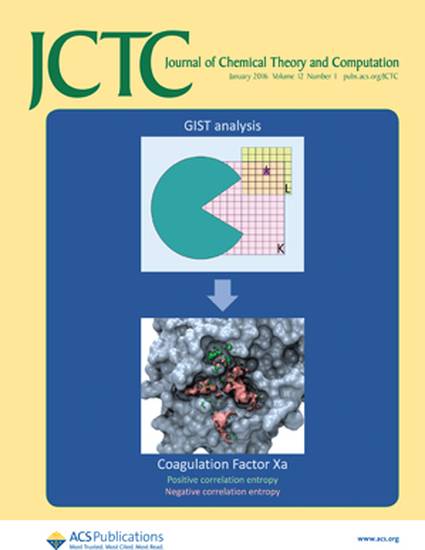
Article
Self-Consistent Optimization of Excited States within Density-Functional Tight-Binding
Journal of Chemical Theory and Computation
(2016)
Abstract
We present an implementation of energies and gradients for the ΔDFTB method, an analogue of Δ-self-consistent-field density functional theory (ΔSCF) within density-functional tight-binding, for the lowest singlet excited state of closed-shell molecules. Benchmarks of ΔDFTB excitation energies, optimized geometries, Stokes shifts, and vibrational frequencies reveal that ΔDFTB provides a qualitatively correct description of changes in molecular geometries and vibrational frequencies due to excited-state relaxation. The accuracy of ΔDFTB Stokes shifts is comparable to that of ΔSCF-DFT, and ΔDFTB performs similarly to ΔSCF with the PBE functional for vertical excitation energies of larger chromophores where the need for efficient excited-state methods is most urgent. We provide some justification for the use of an excited-state reference density in the DFTB expansion of the electronic energy and demonstrate that ΔDFTB preserves many of the properties of its parent ΔSCF approach. This implementation fills an important gap in the extended framework of DFTB, where access to excited states has been limited to the time-dependent linear-response approach, and affords access to rapid exploration of a valuable class of excited-state potential energy surfaces.
Disciplines
Publication Date
January 12, 2016
DOI
10.1021/acs.jctc.5b00734
Publisher Statement
Copyright 2016 American Chemical Society
Citation Information
J. Chem. Theory Comput., 2016, 12 (1), pp 313–323
DOI: 10.1021/acs.jctc.5b00734